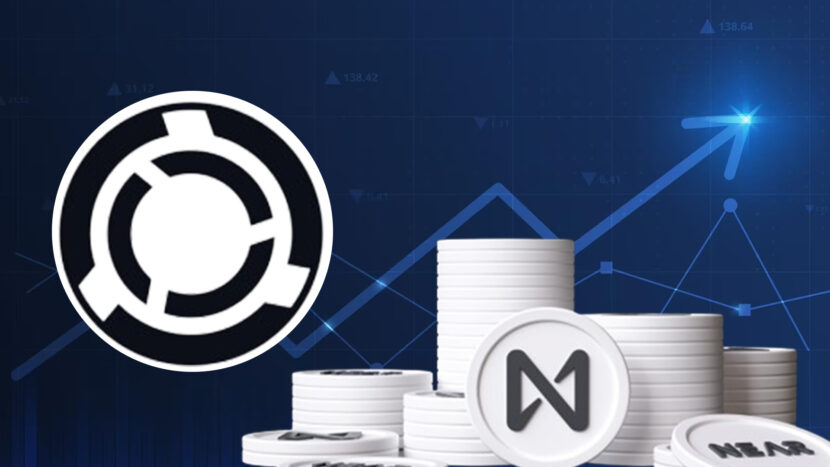- Spin makes decentralized investment and trading more efficient using Near protocol.
- Advanced risk management is provided to traders via strategy-building tools and execution models.
Spin allows on-chain spot-trading with full access to funds. It provides a user experience similar to that of a centralized exchange (CEX) in a competitive environment. This platform leverages a user by offering cost-efficient trading compared to conventional automated market makers (AMMs). Spin stands out as the first limit order book decentralized exchange based on the NEAR Protocol with an ecosystem that inherits DeFi Option Vaults and Perpetual Futures. High trading volume NFT collections are also launched by Spin
Spin and its Order Book Model
Spin’s order book model offers several benefits. User-experience is enhanced on this platform compared to systems like automated market makers (AMM). It provides flexibility and liquidity to facilitate institutional traders. Secure and transparent on-chain verification is ensured by enabling prices for different instruments. This helps to make the system more interoperable with AI-based trading bots.
Leading order book decentralized exchanges (DEXs) enable direct trades of assets. Spot trading, Perpetual or future trading and DeFi Options Vaults like on-chain products are introduced for traders and investors. DeFi Option Vaults, commonly known as Spin Strategies, are Automated Investment Products (AIPS). Traders familiar with grid trading like traditional systems might find these new features attractive.
The Spin platform offers minimum slippage along with pricing accuracy. This platform inherits the first large protocol that works outside the Layer-2 ecosystem, migrating to zero-knowledge EVM (zkEVM). This protocol’s development plan launched new derivative products, while additional blockchains are also being supported. This platform provides Institutional-grade trading services to traders and investors with features of decentralization.
What is an SPFI Token?
Spin has its own native utility token called SPFI. This token ensures the platform’s development while also providing additional incentive opportunities for the crypto community. This can also be used for governance and staking purposes. Governance with SPFI provides active participation in the platform’s development by voting and implementing proposals.
Existing projects that use this solution, like MakerDAO and Compound, to access voting and other governing elements. These tokens are helpful for various utilities, such as:
- High trading benefits are provided to users who stake SPFI.
- Users who stake SPFI can participate in incentive programs for native tokens.\
- Traders and market makers are provided special incentives and rewards with SPFI.
- Users providing liquidity to the USDC staking pool are eligible to receive SPFI tokens as reward.
- A trading fee discount is also given to the users who stake this token.
What’s NEAR Protocol?
The Near Protocol is the backbone of the Spin ecosystem. It is developed by its fully on-chain order book, which provides a centralized exchange-competitive experience to Spot traders and perpetual traders. It becomes more beneficial in the development of complex derivatives and investment products. Structured products and Automated Investment Products (options strategies, basis trading, etc.)
Conclusion
As of now, transactions on the Spin platform are carried out from an intermediary account when an order is placed or executed. When users don’t have enough funds for a transaction’s execution, Spin’s protocol requests that funds be transferred from the user’s NEAR wallet to the account. This platform’s team has future plans to implement an automatic transfer feature to provide one-click trading. These features will surely help traders and investors make trading more beneficial.





